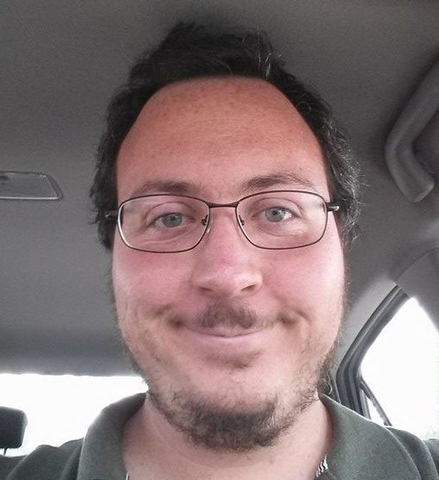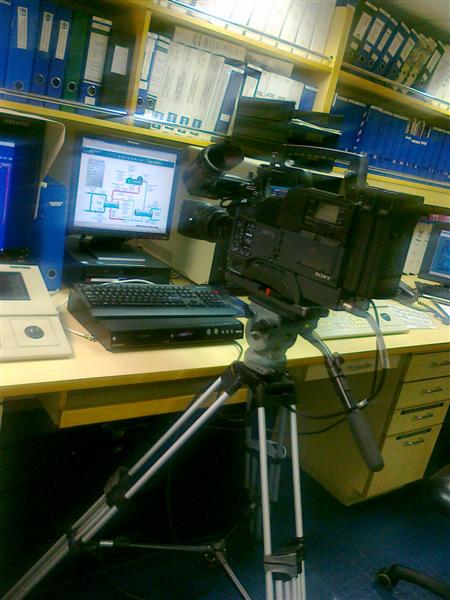It was an all-hands meeting for the entire Los Angeles branch staff at InstaPet, the kind that Ellen always hated. It typically meant one of the three Ls: layoffs, lawsuits, or Lindbergh, their temperamental and flaky CEO. This time, it was the third L.
“It has come to my attention,” Lindbergh said from the front of the conference room, “that some divisions are using insecure software. As you know, we have a reputation for the most secure processes in our entire industry.”
Our industry, Ellen noted, is manufacturing Tamagochi ripoffs. She was in charge of operations at their factory in Wichita, operating remotely from LA.
“Jerry here will oversee new security policies company-wide.” Lindbergh indicated the man sitting to his right, who looked like a former Secret Service officer. “You will follow his advice to the letter. No hacker will ever take down InstaPet!” Ellen was surprised there wasn’t spittle flying from Lindbergh’s mouth, the way he usually said that last sentence. “That is all.”
As the staff departed the conference room, Jerry made a beeline for Ellen. “Let’s talk,” he said.
Open-To-Hacking Source
“Wichita is the least secure division in the entire company,” Jerry said to Ellen in the break room. “I understand your need to work remotely, but we simply cannot continue to use unhardened software in your division.”
“What software?” Ellen said.
“I mean your screen-recording software, of course.”
“QuantoView? It was hardened at the company’s request, with symmetric-key encryption, an algorithm that’s only a few years old--”
“But it’s open source!” Jerry’s ire rose. “Lindbergh knows we can’t rely on open source software for protection.”
So that’s why Lindbergh’s so worried, Ellen thought. Jerry must have been hired as a “consultant” and offered a permanent position after his bogus report.
“You have a week to install a closed source replacement with the same protection, or your next meeting will be an exit interview.”
In-Security Patches
Ellen went over the list of possible replacements for QuantoView with Walter, her immediate subordinate at the Wichita plant, on video conference. Six days had passed since Jerry's edict, and she was no closer to finding a suitable replacement with the same protection. She was quickly eliminating all of the options. “How about SafeViewer?” she asked.
“We’re still running Windows XP here,” Walter replied. “It needs at least Windows 7.”
“And we can’t upgrade because of our legacy plant software,” she replied for the umpteenth time.
“I think writing a new resume would be easier at this point,” Walter said.
On her screen, Ellen could see the legacy plant software running on an old CRT behind Walter. “Hey, what’s the resolution on your webcam?”
“Uh, about 320 by 200. Why?”
“That’s almost good enough,” Ellen said. “If we can’t use software to record the screen. . . Do you know anyone with a camera they can spare? Just until we can buy a replacement?”
“Well,” Walter said, “I’ve got one from 1989. . .”
Live-Wire Feed
“We convert the output from S-Video to DVI, which goes into our secure workstation and is transferred with an ultra-secure video client.” Ellen went over the setup again, at Jerry and Lindbergh’s request, as they sat in the CEO’s office. “It’s all in hardware until it reaches the internet.”
“Let me see the picture again,” Lindbergh said. Ellen handed it to him.
“Crude, but effective,” Jerry said. “This will do. That’s all, Ellen.”
Ellen was dismissed from Lindbergh’s office. She had omitted one thing about the new setup. Since she and Walter couldn’t find a client in time that worked on XP, they had to play the feed in Windows Media Player and transfer the video in something that did work: QuantoView, the software that had Jerry up in arms in the first place.


